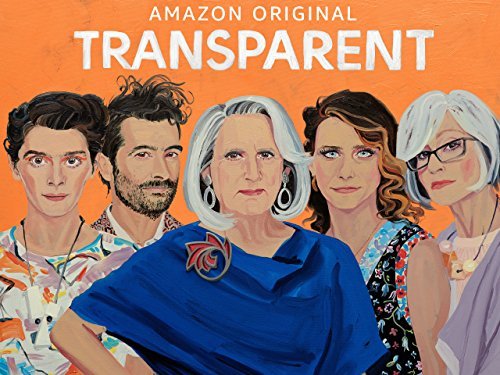[COLLABORATIVE SYLLABUS]
From Mayberry to “Netflix and Chill”: Topics in Television, Race, Gender, and Class
Course Description: David Lynch recently told the Sydney Morning Herald that Inland Empire (2006) would be his last feature film. The auteur said in the interview that, “Things that were doing well at the box office weren’t the things that I would want to do.” Meanwhile, television’s modes of content creation, distribution, and consumption are changing rapidly. Some, like Lynch, would argue that television has usurped film as the preeminent visual medium of our age. Alternative modes of production and distribution allow for a plethora of diverse shows that no longer have to “play in Peoria.” Concurrently, issues of race, gender, and class on television are more prominent and pervasive than ever. But is increased representation—of minority, female, and LGBTQ characters—enough? What is “good” representation? It is not the intention of this course to provide a broad history of television, a history of a televisual format, or a genre. Rather, we will be reading each object with a set of tools that can be used to crack future texts open as well. Television has long been viewed as too unwieldy for sustained textual analysis, so we will bounce around in a pantomime of changing the channel. Like a fine wine and a piece of dark chocolate, we will put these objects and texts together, but not necessarily in the ways we expect.
Please click the link below for the full course syllabus.
[RATIONALE FOR THE SYLLABUS]
Abstract:
This course is motivated by a series of questions posed by bell hooks and Stuart Hall that framed our Futures Initiative course: Is representation enough? What is “good” representation? Bell hooks writes that “tokenism” on a course syllabus “is not multicultural transformation” (38-39). She argues that context and background information on writers are essential for the “interrogation of the biases conventional canons (if not all canons) establish” (38-39). The purpose of this course is to interrogate the so-called “television canon” (if one could even be said to exist!). I am interested not just in issues of race, but also gender and class as well.
My intention is not to teach my students a history of television, but to move from object to object, providing them with the critical language to inform their own viewership. In other words, I seek to impact how they spend their leisure-time. The shows I choose are not necessarily paired with a criticism of that exact text. I ask my students to read these shows as texts with a tool that they are motivated to apply to the object. This aspect of the course will be transparent; I will tell my students that they are pioneers, going off to look critically at shows that are not necessarily fodder for scholars and academics. My objective is to provide my students with the key language and tools to watch television on their own and start seeing these patterns.
I designed this syllabus with undergraduates at Brooklyn College in mind. I envision it as an elective seminar for sophomores, juniors, or seniors. Though the course is designed to be an English course, I can see it cross-listed with Film Studies, American Studies, or Gender Studies. The theoretical texts in the course are compelling for a number of different disciplines. My hope is that students will come to the course with a limited background in literary theory, having taken an English class at some point prior to the course. Prior exposure to the use of a tool to unpack a literary text would provide students with the background knowledge necessary for being successful in the course. I hope that students will become more comfortable with this practice by the end of the course.
